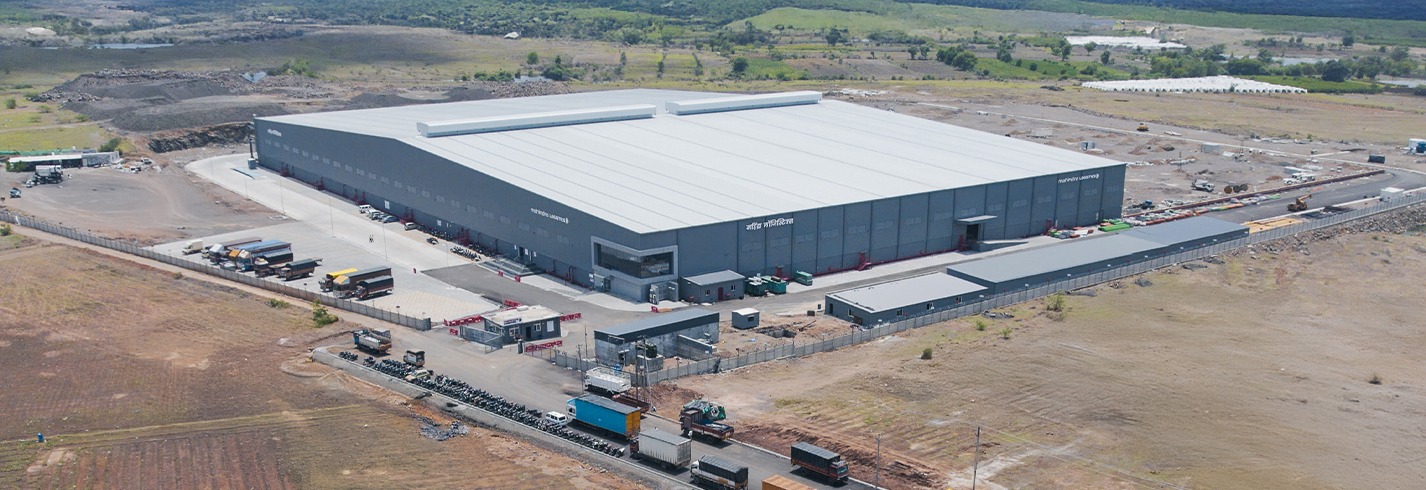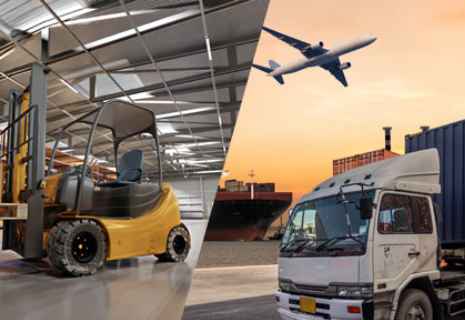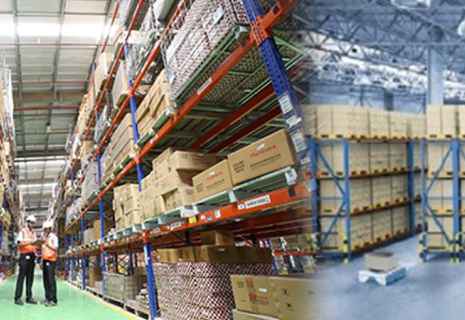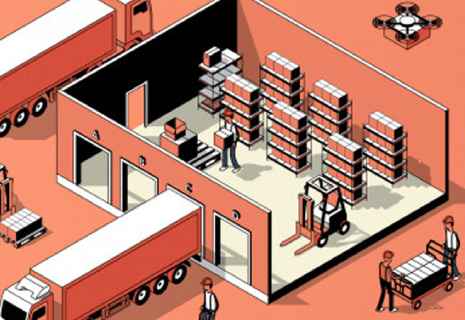
Why Warehousing and Distribution Must Be Designed Together—Not in Isolation
Smooth logistics are critical for uninterrupted business operations. A key to achieving this is by including warehousing and distribution within a unified system. Companies that approach them individually often face delays and added costs. It also leads to operations that are out of sync. The following blog discusses why an integrated approach towards logistics, where storage and distribution are strategically linked, results in faster speed, cost reduction, and customer satisfaction.
A Common Operational Disconnect
Most companies continue to treat warehousing and transportation as separate operations. In usual logistics planning, warehouses are chosen on an availability/rent basis, and routing is performed subsequently by a completely different team. As warehouse technology is growing by 8.04% each year, this partitioning leads to an inefficient handover, with the control being ‘reactive’ rather than ‘proactive.’ This is what results in slow response times and misplaced priorities.
Isolated logistics planning will end up in idle storage space, stockpiling, lost and delayed shipments. All of these inefficiencies lead to increasing operating expenses, wasted fuel consumption, and customer complaints. Without alignment, even the best technology cannot overcome the limitations of fragmented decision-making.
The Case for Integrated Warehousing and Distribution
Warehousing and transportation are tightly interwoven; decisions in one area directly impact the other. For example, if a warehouse layout is not optimised for the most frequently shipped items, even the best route planning will fall short. Planning long-haul transportation without knowledge of warehouses available near high-demand areas is also a terrible idea. It gives rise to unnecessary delays and inflated delivery costs.
A unified design allows companies to be more agile. During festive seasons or promotional sales, businesses need to scale operations quickly. When warehousing solutions are integrated with distribution planning, they enable faster regional fulfilment, adaptive resourcing, and shorter lead times – all essential for meeting customer expectations.
Benefits of a Unified Strategy
An integrated strategy allows for smoother inventory movement. With smart warehousing services that include real-time tracking and automated replenishment, turnaround times are significantly reduced. Orders are picked, packed, and dispatched with fewer touchpoints, improving accuracy and customer satisfaction.
Operational costs come down when transport routes are aligned with storage capabilities. Businesses save on fuel, cut overtime wages, and reduce the need for buffer stock. This is especially true when companies choose providers that offer bundled warehousing and distribution services under one roof.
Choosing Warehousing Solutions That Bridge the Gap
Warehousing strategies must enable capabilities such as cross-docking (minimum storage usage), inventory visibility in real-time, and location adjacent to highway or port corridors. Each of these options reduces handoff times and maximizes last-mile delivery. Technology alignment is now mandatory. Systems must share data in real-time in order to accommodate customer demands.
Warehouse companies these days are not merely leasing space. Some of them now provide end-to-end logistics solutions that not only integrate warehousing and transportation, but also provides manpower and sets the entire infrastructure as a part of the process. Such partners enable firms to escape fragmented processes and gain efficiencies through a single point of accountability.
Conclusion: A Smarter, Smoother Future in Logistics
Separating warehousing from distribution is no longer viable in a fast-moving supply chain environment. As customer expectations for speed and accuracy rise, businesses must embrace integrated logistics strategies. By choosing warehousing services that unify storage with delivery, companies can reduce inefficiencies, cut costs, and respond to market changes with agility. The future of logistics lies in seamless coordination – one where warehousing and distribution work as one, not in isolation.
Choose enquiries@mahindralogistics.com. for integrated warehousing and distribution solutions that enhance efficiency, reduce costs, and streamline your end-to-end supply chain.





